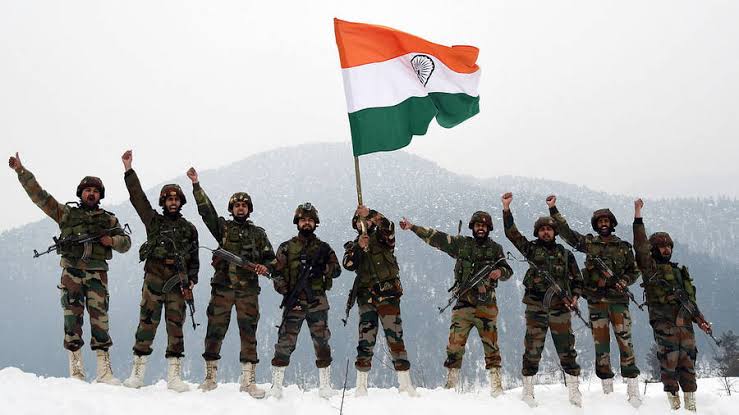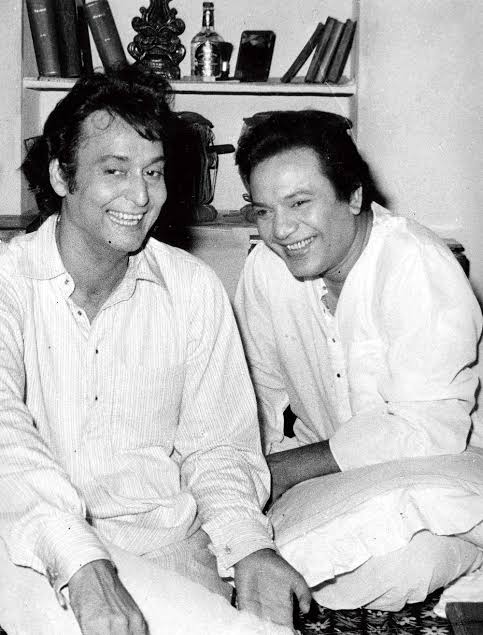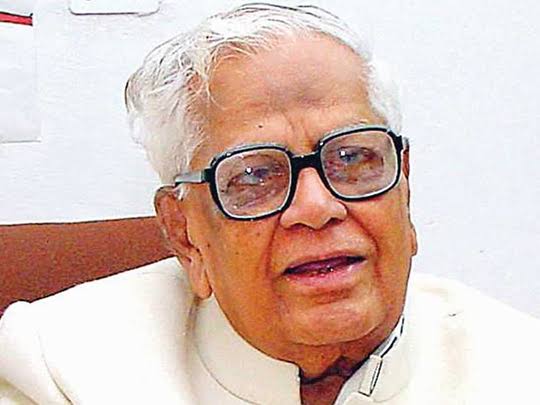
****History of our national flag🇮🇳****
For decades our leaders felt the need for a distinctive symbol that could represent its nationalist objectives, to rally the millions of British-ruled peoples in the Indian subcontinent.
(1/7)
#HarGharTiranga


For decades our leaders felt the need for a distinctive symbol that could represent its nationalist objectives, to rally the millions of British-ruled peoples in the Indian subcontinent.
(1/7)
#HarGharTiranga



In 1921 a university lecturer named Pingali (or Pinglay) Venkayya presented a flag design to Gandhiji that consisted of the colours associated with the two principal religions, red for the Hindus & green for the Muslims.
(2/7)
#HarGharTiranga
(2/7)
#HarGharTiranga

To the centre of the horizontally divided flag, Lala Hans Raj Sondhi suggested the addition of the traditional spinning wheel, which was associated with Gandhi’s crusade to make Indians self-reliant by fabricating their own clothing from local fibres.
(3/7)
#HarGharTiranga
(3/7)
#HarGharTiranga

Gandhiji modified the flag by adding a white stripe in the centre for the other religious communities in India.
In May 1923 at Nagpur, during peaceful protests against British rule, the flag was carried by thousands of people.
(4/7)
#HarGharTiranga
In May 1923 at Nagpur, during peaceful protests against British rule, the flag was carried by thousands of people.
(4/7)
#HarGharTiranga

At the annual meeting of the All India Congress Party in August 1931, the use of deep saffron instead of red were approved.
During WWII Subhas Chandra Bose used this flag (without the spinning wheel) in territories his Japanese-aided army had captured.
(5/7)
#HarGharTiranga



During WWII Subhas Chandra Bose used this flag (without the spinning wheel) in territories his Japanese-aided army had captured.
(5/7)
#HarGharTiranga




On July 22, 1947, the Indian national flag was officially hoisted. Its stripes remained the same saffron-white-green, but the spinning wheel was replaced by a blue chakra—the Dharma Chakra (“Wheel of the Law”).
(6/7)
#harganaikekonomisulit


(6/7)
#harganaikekonomisulit



The Dharma Chakra, which was associated with the emperor Ashoka in the 3rd century BCE, appeared on pillars erected throughout the Mauryan empire during the first serious attempt to unite all of India under a single government.
(7/7)
#HarGharTiranga



(7/7)
#HarGharTiranga




• • •
Missing some Tweet in this thread? You can try to
force a refresh

























